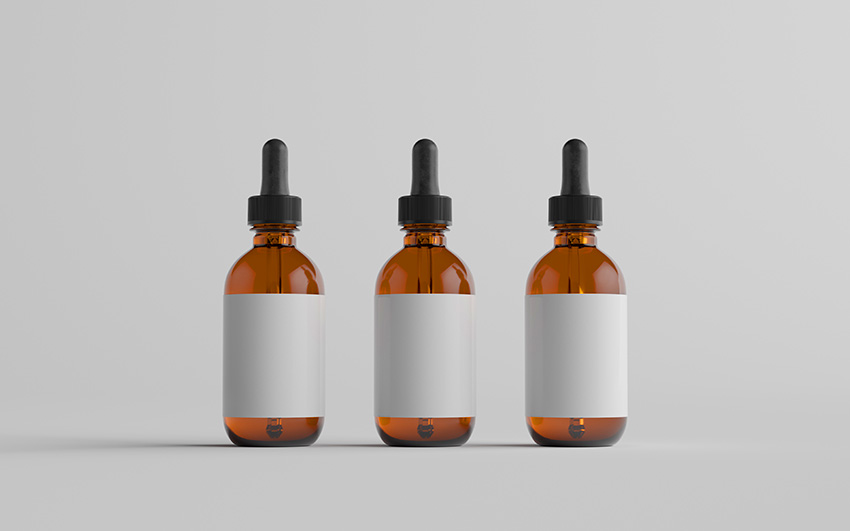
06 Dec Flexibility in Packaging – Why It’s Crucial for Keeping Up with Market Demands
Packaging is more than just a protective shell—it’s the face of your product, the first handshake with your customers. But in today’s rapidly changing market, static packaging can become a liability. Flexibility in packaging isn’t just a trendy buzzword; it’s a fundamental strategy for businesses aiming to stay competitive and relevant.
The Pace of Market Changes
Consumer demands are like shifting sands—always moving, rarely predictable. One moment, customers want eco-friendly packaging. Next, they’re looking for convenient, resealable options. Staying ahead means your packaging must adapt to these ever-changing needs.
Inflexible packaging systems leave businesses struggling to:
- Update designs to keep pace with trends.
- Handle varying production demands, especially during seasonal spikes.
- Cater to niche markets without major overhauls.
In contrast, flexible packaging allows businesses to respond quickly, seize opportunities, and avoid getting bogged down by outdated solutions.
What Makes Packaging Flexible?
Flexibility in packaging means designing systems and solutions that evolve with your business and market needs. This isn’t just about materials; it’s about versatility in every aspect.
Here’s what defines flexible packaging:
- Customizable designs
Packaging that adapts to branding updates or seasonal campaigns without requiring a full-scale redesign.
- Scalable options
From small trial packs to bulk orders, flexible solutions meet customer preferences without excessive production costs.
- Material variety
Businesses can experiment with eco-friendly, durable, or lightweight materials as trends or logistics demand.
Benefits That Go Beyond the Basics
Flexible packaging isn’t just practical—it’s transformative. When businesses embrace adaptability, they unlock benefits that impact their operations, finances, and customer relationships.
- Cost efficiency: By producing only what’s needed, businesses reduce waste and storage costs.
- Faster response times: Whether launching a new product or shifting to meet demand surges, flexible systems make quick pivots possible.
- Enhanced customer satisfaction: Customizable packaging improves user experience, from convenient resealable bags to visually appealing designs.
Trends Driving the Demand for Flexible Packaging
Markets evolve at breakneck speed, and packaging trends often lead the way. Here are a few forces shaping the demand for flexibility:
- Consumers increasingly demand eco-friendly options. Flexible systems let businesses test and adopt biodegradable or recyclable materials without a major overhaul.
- Lightweight yet durable packaging helps reduce shipping costs while protecting products in transit.
- Resealable pouches, single-serving packs, and easy-to-open materials are must-haves for busy, on-the-go consumers.
Ignoring these trends isn’t just risky—it’s a surefire way to fall behind competitors who are already embracing them.
How to Build Flexibility Into Your Packaging Strategy
Adapting your packaging to be more flexible doesn’t require a complete operational overhaul. Start small but think big.
Work with providers that offer scalable, customizable solutions. Technologies like digital printing enable quick changes to designs or branding without additional costs.
Keep an eye on consumer preferences to anticipate shifts before they happen.
Conclusion
In today’s dynamic business landscape, flexibility in packaging is no longer optional. It’s the key to staying competitive, reducing costs, and meeting ever-changing market demands.
So, the next time you think about your packaging, ask yourself: Does it evolve with your business? If the answer is no, it’s time to rethink, reimagine, and redesign. Because in a world that never stops moving, your packaging needs to move with it.



Sorry, the comment form is closed at this time.